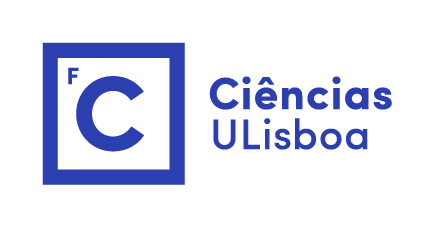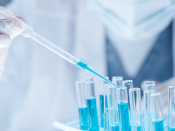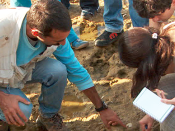Por Margarida Gama-Carvalho (BioISI/Ciências ULisboa).
In this seminar I will share our recent work addressing the outstanding question of how motor neuron disfunction is connected to the dysregulation of ubiquitous proteins involved in RNA metabolism. This is the case of Spinal Muscular Atrophy (SMA), caused by loss-of-function mutations of the gene encoding the Smn protein; and Amyotrophic Lateral Sclerosis (ALS), for which disease-causing mutations have been identified in many genes, including those encoding the RNA binding proteins TDP-43 and Fus. The disease mechanisms underlying SMA and ALS remain obscure and they are not usually addressed in parallel, likely due to their clinical differences. However, given the known interactions between their causal genes, we hypothesized the existence of shared disease pathways.
Despite the tremendous progress in our understanding of human genetic disorders brought about by the Human Genome Project, there is still a very significant knowledge gap between the identification of a disease-causing mutation and the understanding of the underlying disease mechanisms. Advances in sequencing technologies have turned the transcriptome into an easily accessible proxy for mapping ongoing molecular processes and cellular states. These, in turn, can be used to reveal differences between healthy and diseased conditions. Unlike the genome, however, the transcriptome is highly variable in time and space and reflects both the causal disease pathway and its downstream consequences, creating a confounding effect. These issues are compounded by the fact that many pathological changes will not alter RNA abundance but rather its structure, localization, or translation efficiency, while ultimately changes in protein levels and activity will simply be missed by transcriptome data. Our work exemplifies how a cross-disease analysis strategy integrated with our new computational pipeline - connecting tissue-specific functional protein consortia to model RNA-seq data - can reveal hidden molecular pathways underlying disease phenotypes.






